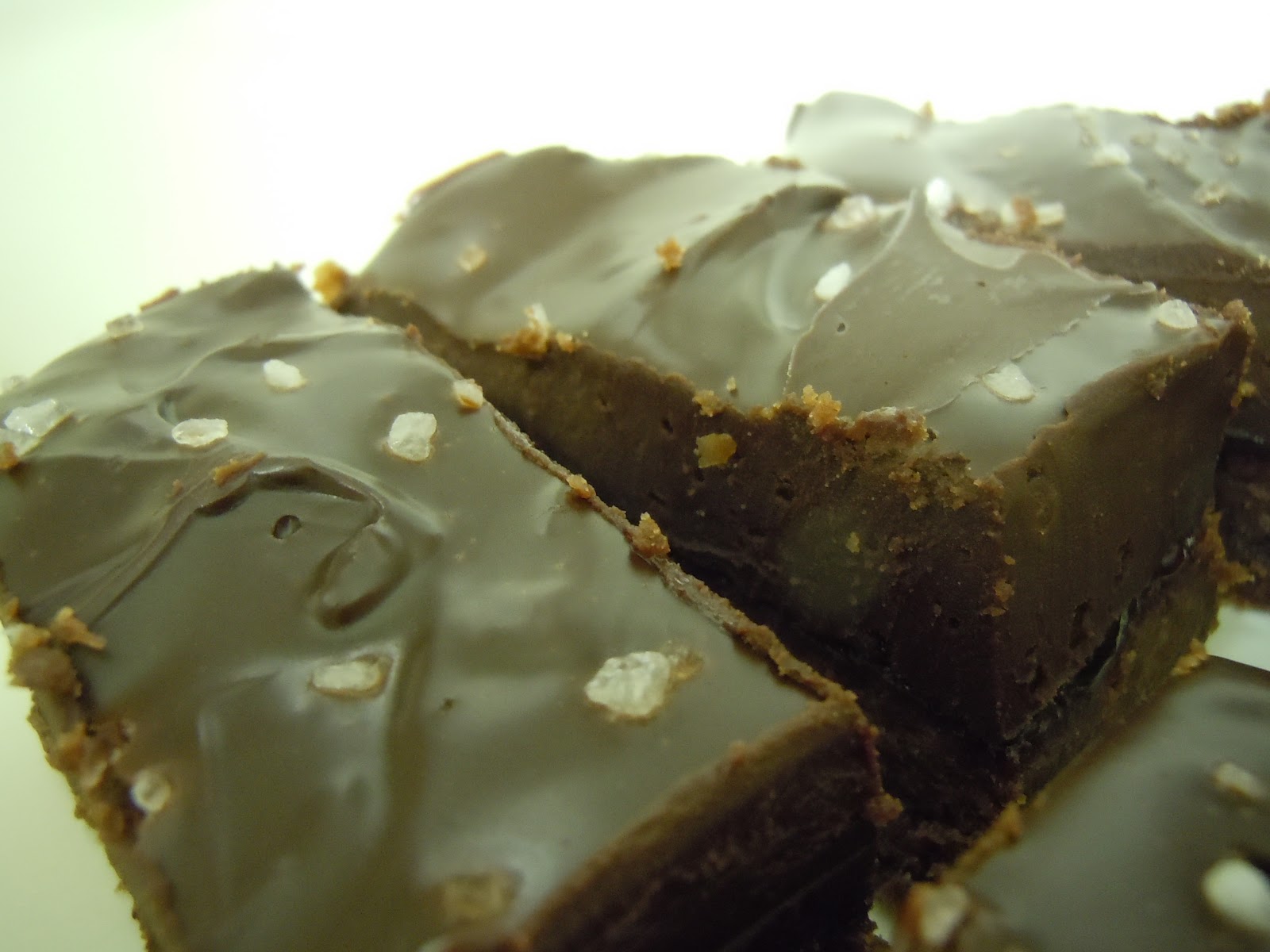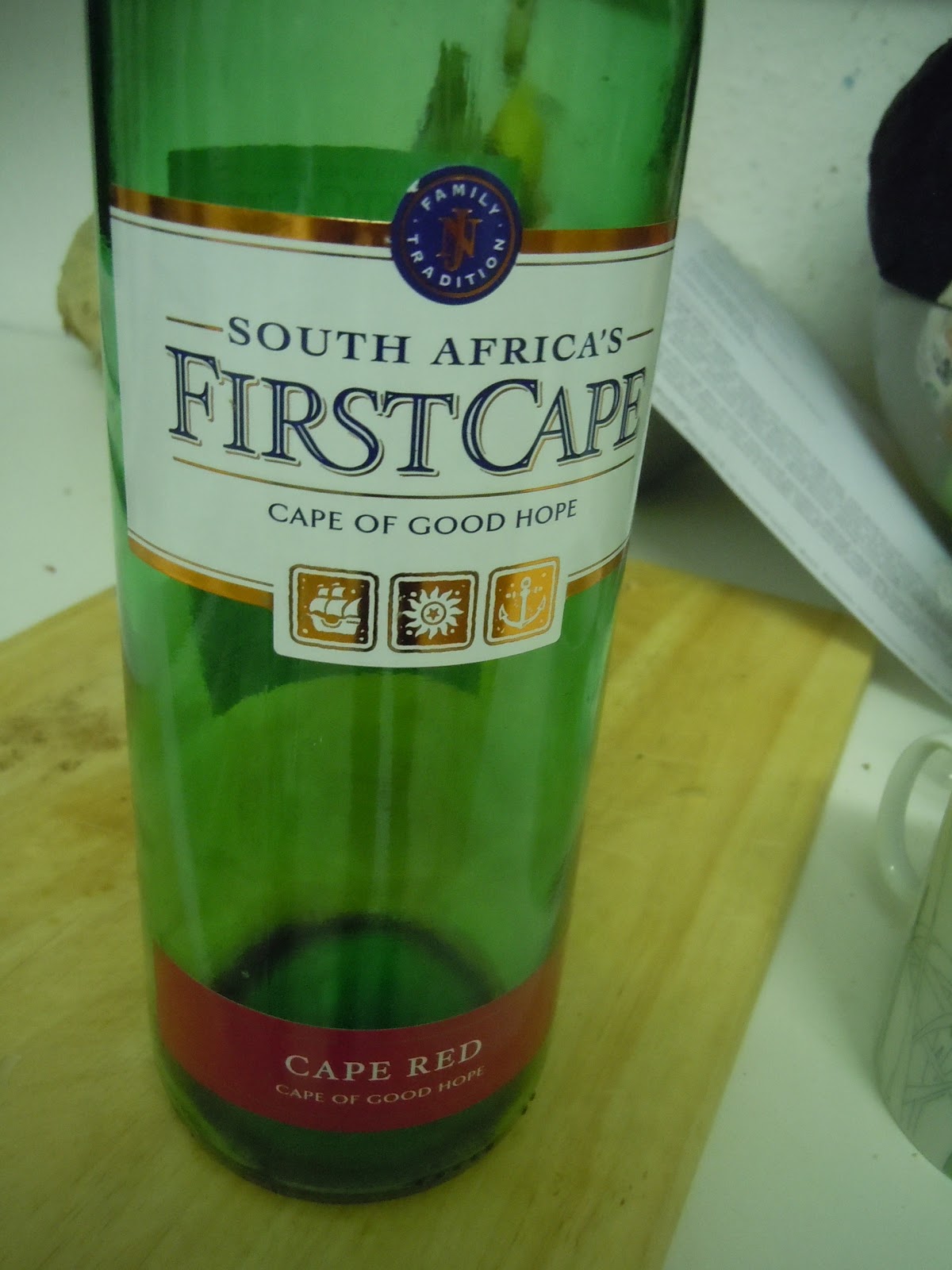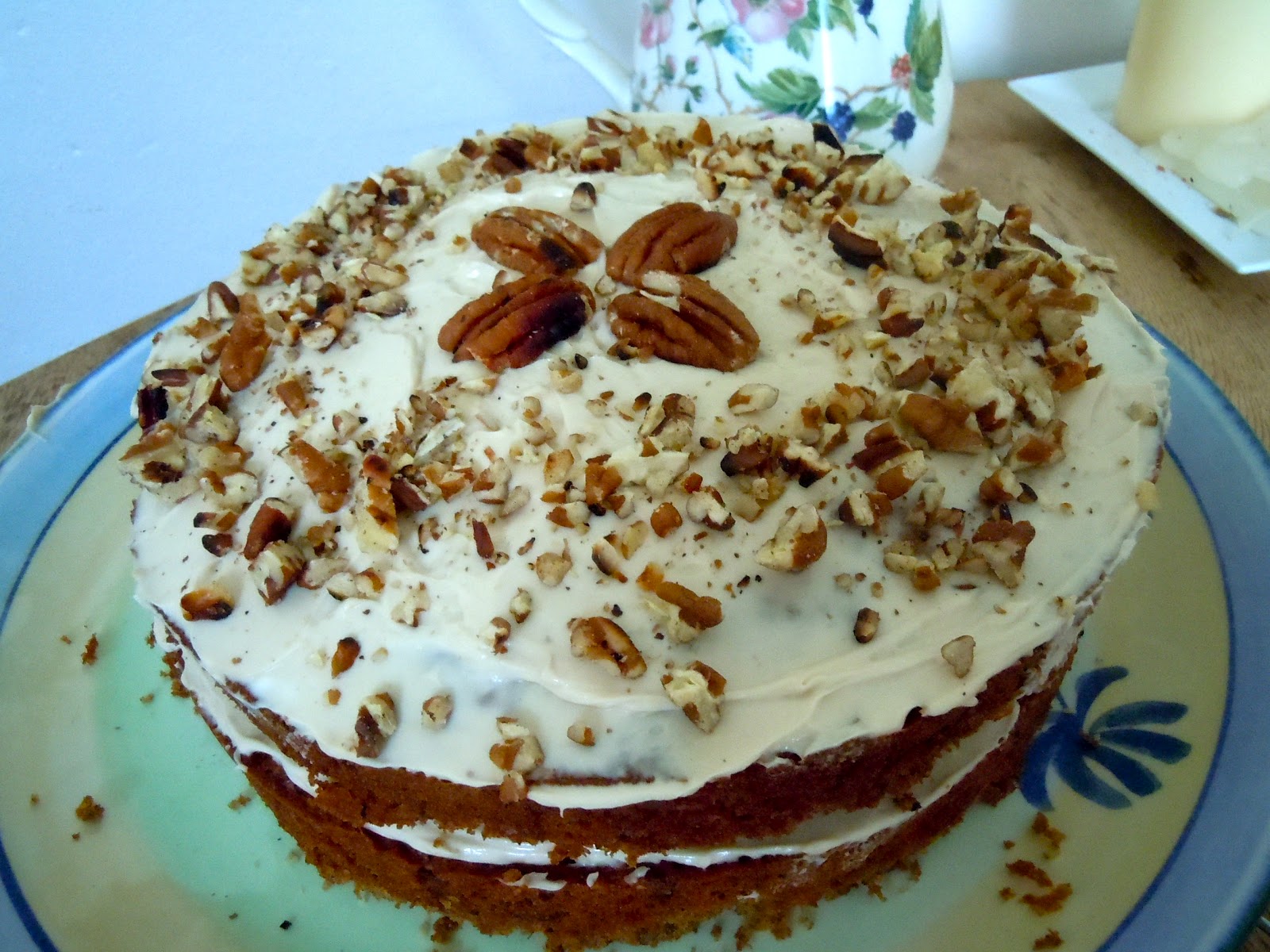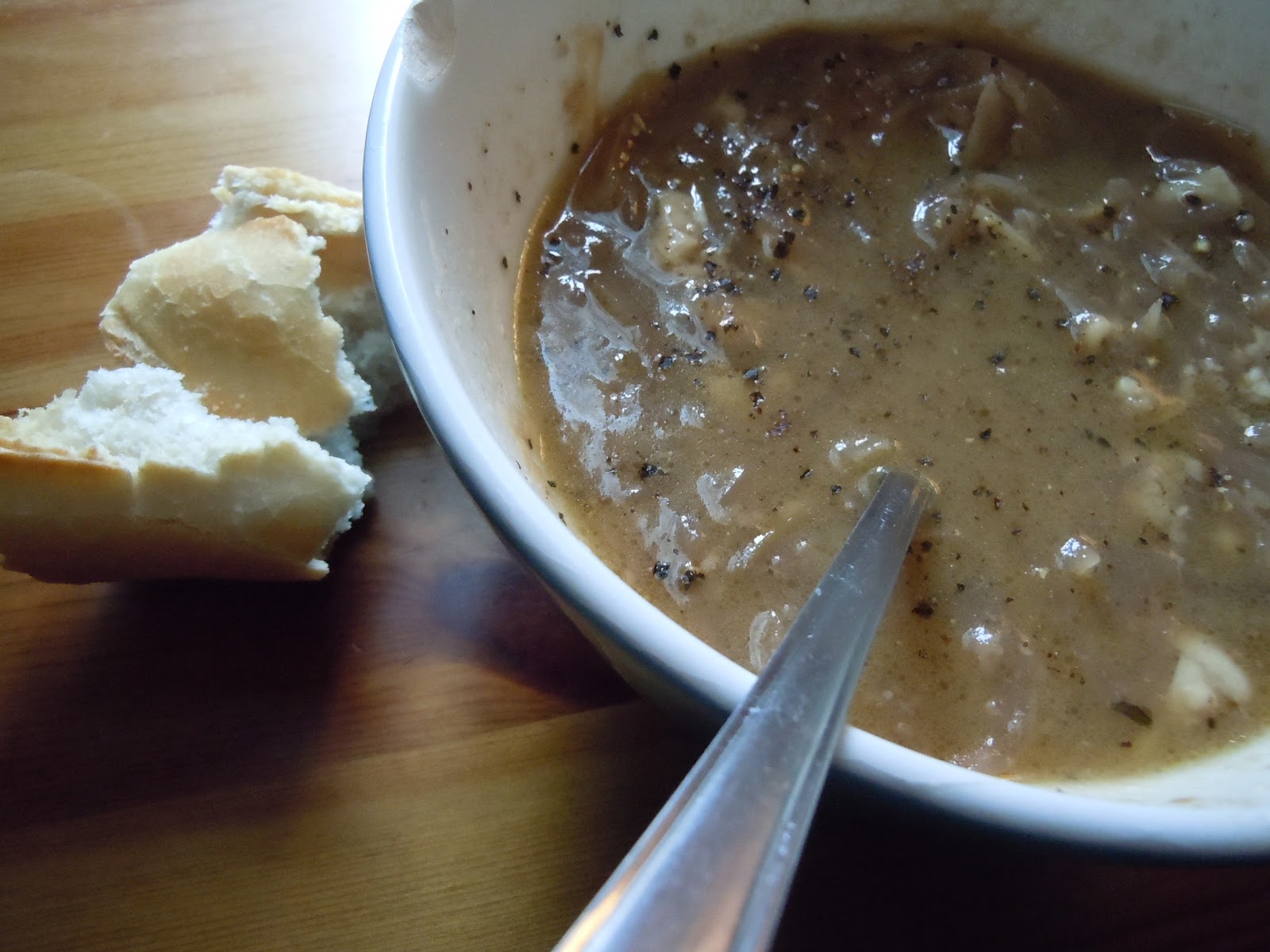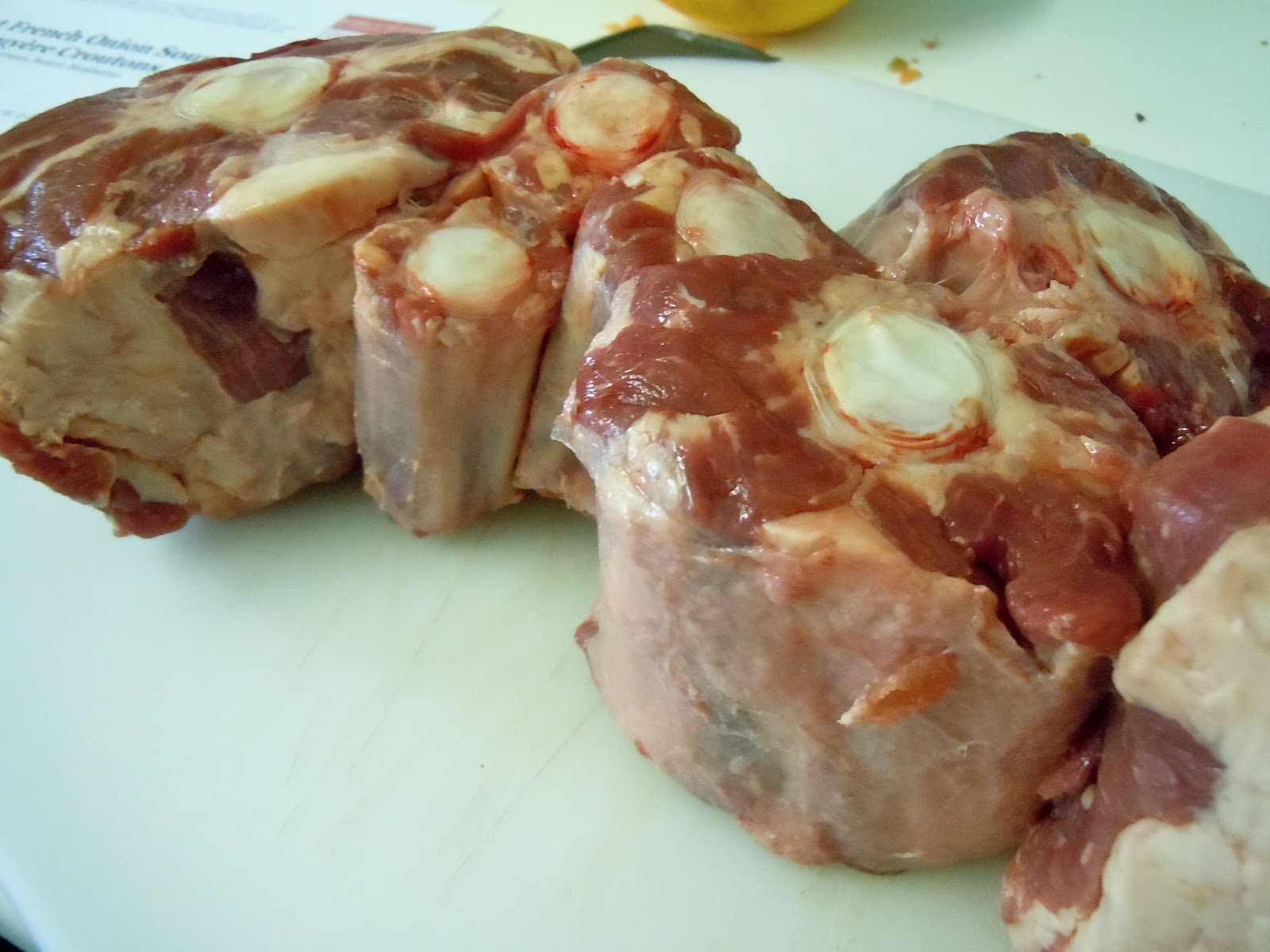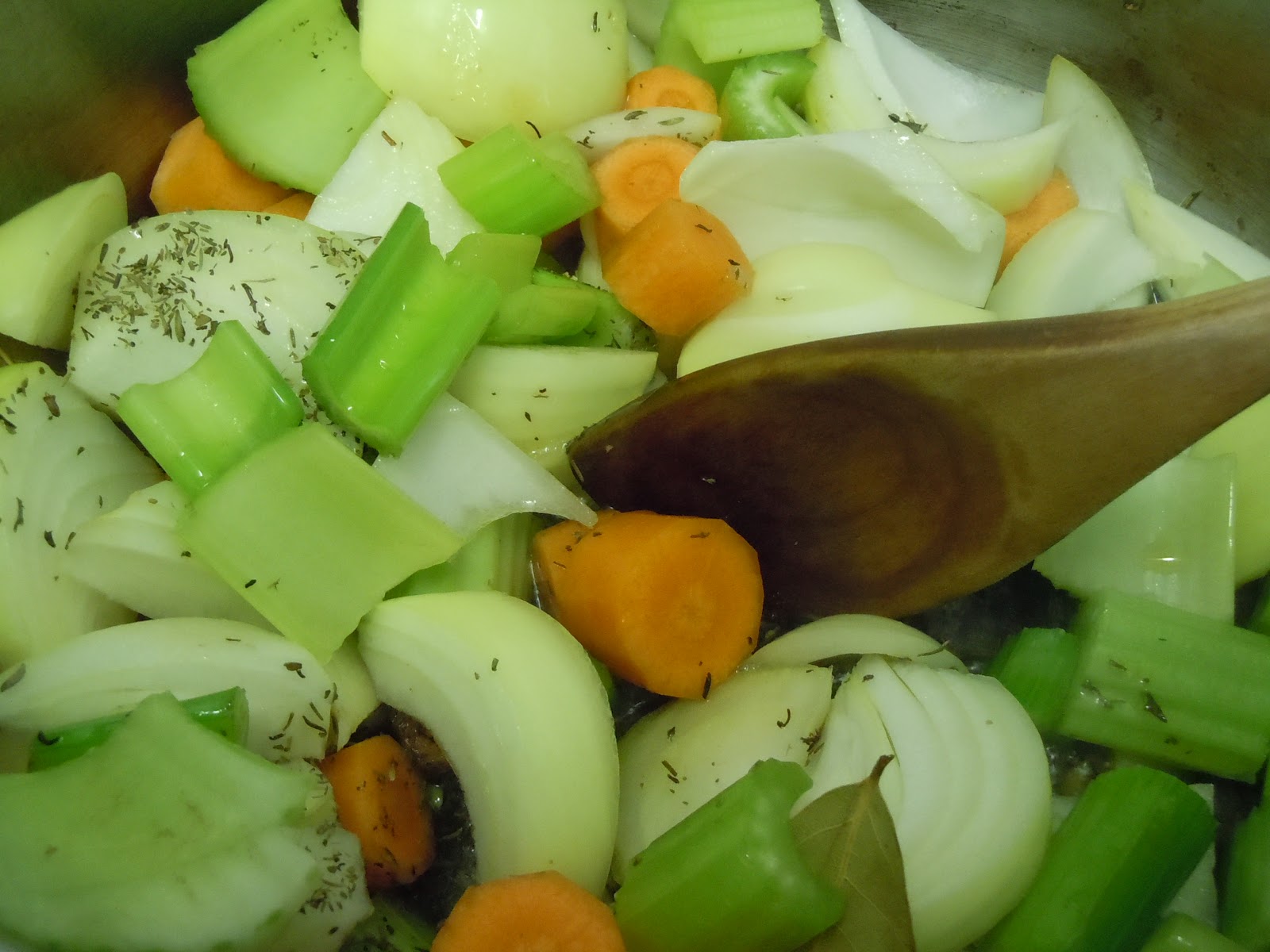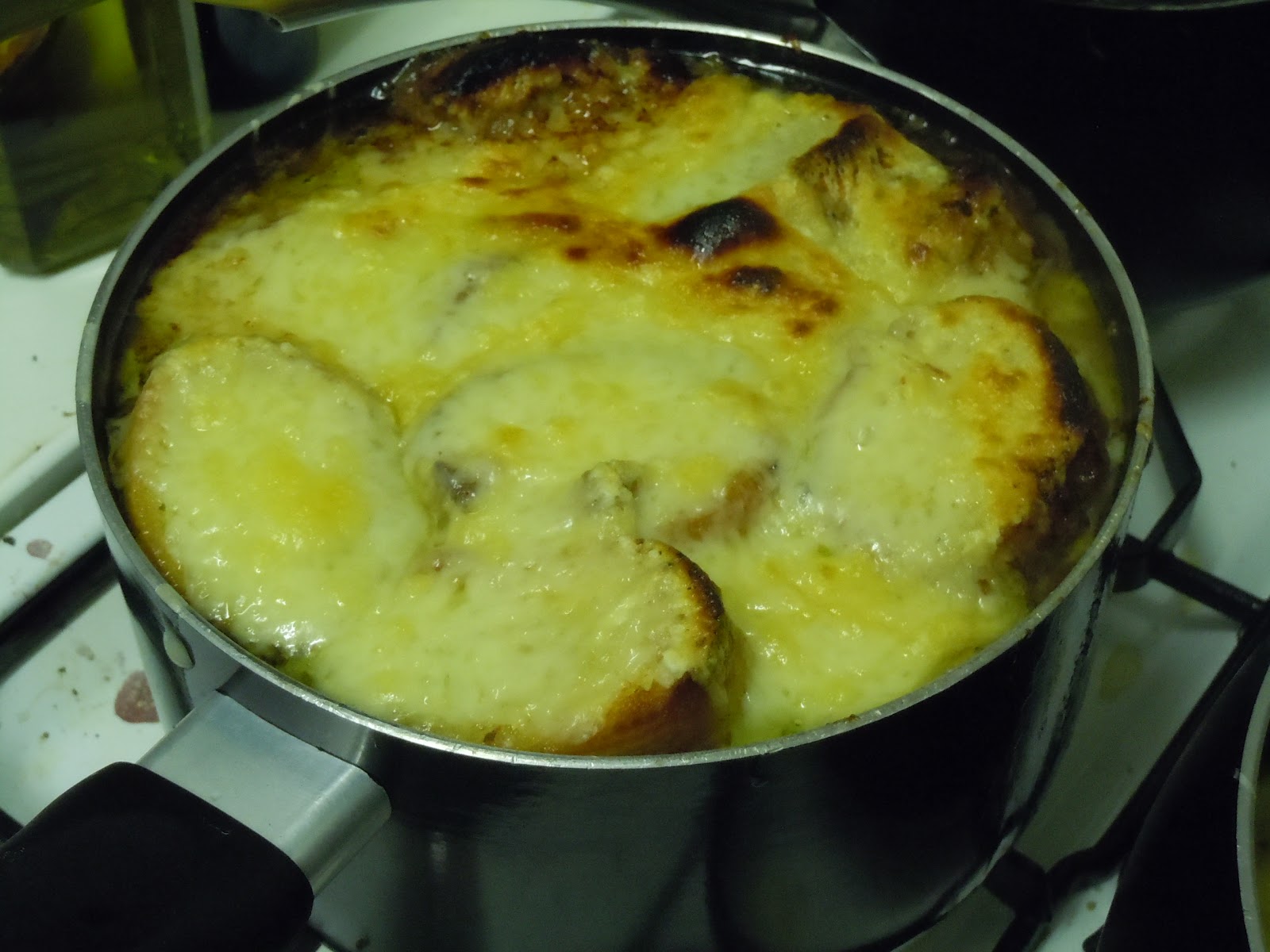Ok, it may not be the prettiest thing you'll ever eat, but in my eyes this dish is the holy trinity of recipes.
It's fast.
It's healthy.
It's phenomenally delicious.
Adapted from the latest New York Times' Recipes for Health column (the entire newspaper has gone spinach-mad in the last week or so), this recipe has immediately become my favorite lunch and/or dinner. It's a one-pot dish that makes a fairly good stab at imitating some high class curries.
And did I mention it's good for you? Sure, you can add the authentic Indian paneer if you choose, but extra firm tofu certainly does the trick for me. Stir-fried for about 3 minutes or so, it gives just enough of a protein base to the dish to make it a satisfying main. Although Martha Schulman insists you should have it on top of noodles or something.
Bah.
Eat it on its own. And think of how much glorious iron you're getting from all the spinach you've eaten (I may use a bag of spinach just for myself...). You'll feel like Popeye afterwards.
Also, Schulman insists on using "drained yogurt" for this. It's completely unnecessary. I used low fat Greek yogurt and was happy as a clam.
Serves 4 as a main dish
Ingredients
3/4 pound firm tofu, cut into 1-inch cubes (remember to drain and pat dry the tofu. The drier you make the tofu, the more it will hold its shape in the frying pan.)
2 tablespoons canola oil
1/2 cup finely chopped shallot or red onion (I recommend using a whole red onion)
4 lengthwise slices peeled fresh ginger (2 inches long, 1 inch wide, 1/8 inch thick), coarsely chopped
1 teaspoon cumin seeds
1/2 fresh red chile, chopped
2 whole dried red chilies, like Thai, cayenne or arbol
1 tablespoon coriander seeds, ground
Salt to taste
1/4 teaspoon cayenne
1/4 teaspoon ground turmeric
2-3 cardamom pods
1 1/2 pounds fresh spinach, stems trimmed at the end and washed in 2 changes of water, or 12 ounces baby spinach, rinsed
1/2 cup low-fat Greek yogurt
1/4 teaspoon cornstarch
Drain the tofu on paper towels. Heat 1 tablespoon of the oil over medium-high heat in a wok or a large, heavy lidded skillet and add the tofu. Stir-fry until golden brown and remove from the heat.
Heat the remaining oil over medium-high heat in a wok or skillet and add the cumin seeds, and both the fresh and dried chilies. Cook, stirring, for about 15 seconds, or until the spices are fragrant and reddish-brown. Add the onion and ginger and stir-fry until it is lightly browned, about 3 minutes. Add the coriander, salt, cayenne, cardamom pods, and turmeric, stir for about 10 seconds and add the spinach in batches, adding the next batch after the first batch wilts and stirring and scraping the bottom of the pan to deglaze.
Stir in the tofu, cover, reduce the heat to medium-low and simmer, stirring occasionally, for 2 to 3 minutes, until the spinach is uniformly wilted and the tofu is warmed through.
Whisk the cornstarch into the yogurt. Remove the pan from the heat and stir in the yogurt.


